A vast range of advanced fault ride-through strategies have been proposed for renewable energy sources, enabling fast recovery and improved network support during faults in the electricity network
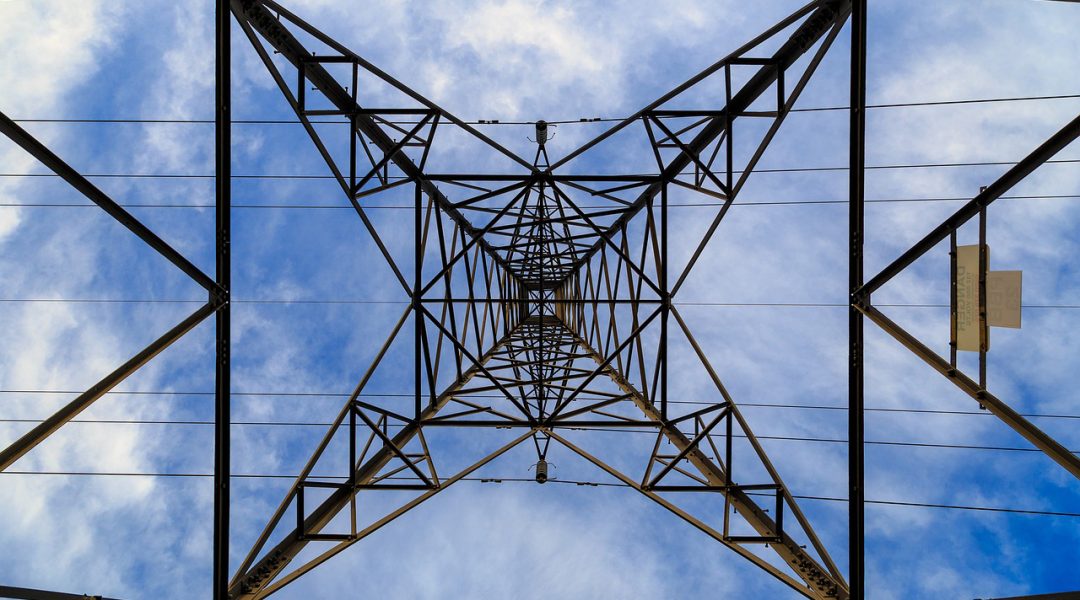

A vast range of advanced fault ride-through strategies have been proposed for renewable energy sources, enabling fast recovery and improved network support during faults in the electricity network
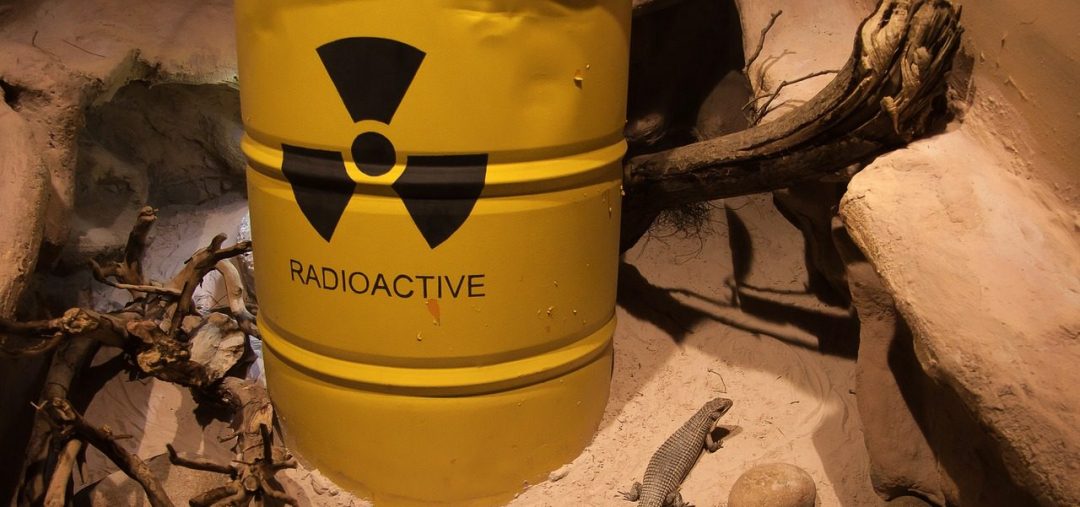
The waste forms produced during the process of generating nuclear energy constitute a nearly intractable management problem because of technical and social factors.

Nordic researchers develop liquids for the storage of solar energy as chemical energy.

Hydrogen is now rapidly developing as a renewable fuel for both stationary and transport applications.

Graphene sensors with high-resolution features are produced on flexible tapes for wearable electronics via a simplified drop-cast-and-transfer process.

Replicating the hollow structure of polar bear hairs allows an insulating material to provide thermal management with stealth applications.
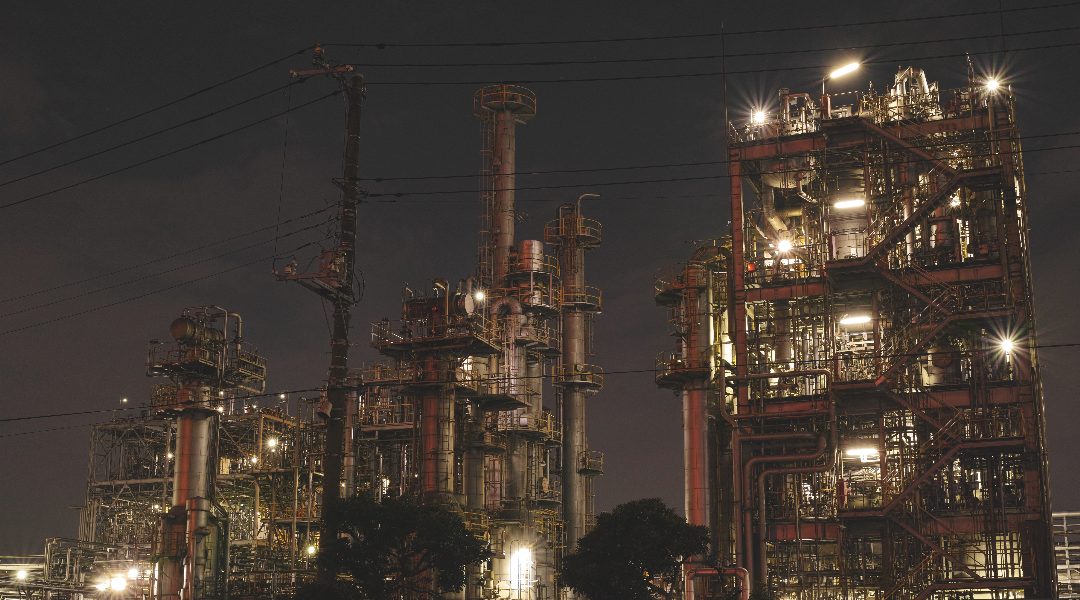
Greener catalytic ammonia synthesis requires robust control experiments to eliminate artifacts.
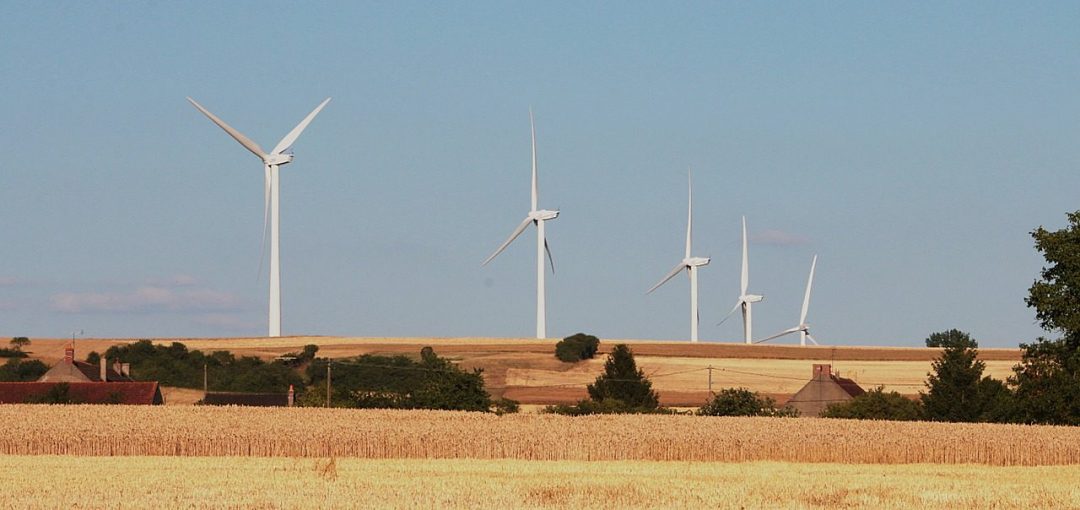
Today, wind power plant developers and wind turbine manufacturers increasingly face power system stability support requirements similar to conventional power stations. These new requirements intend to make wind power plant behavior more similar to conventional power stations.
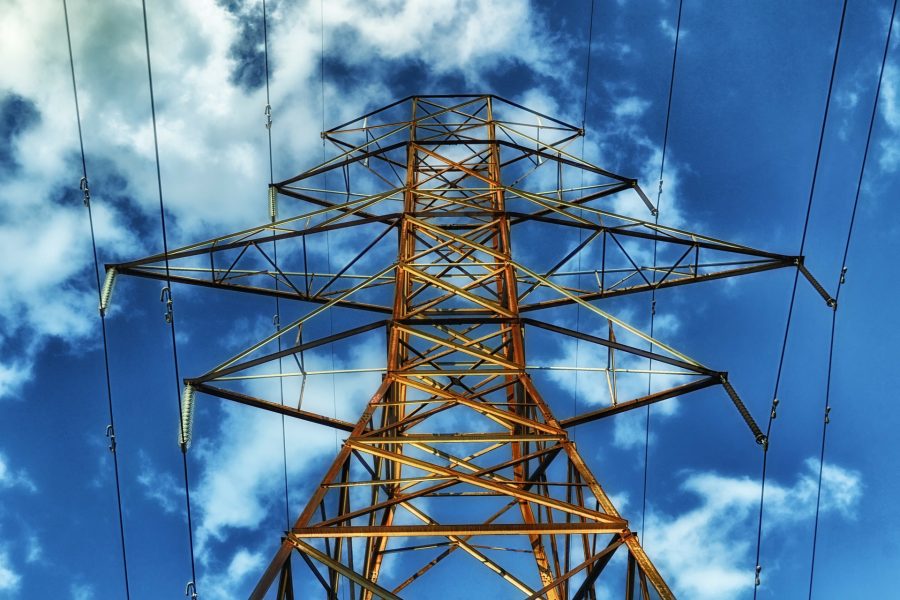
Sometimes the answer to a problem is exactly where you would expect it to be.
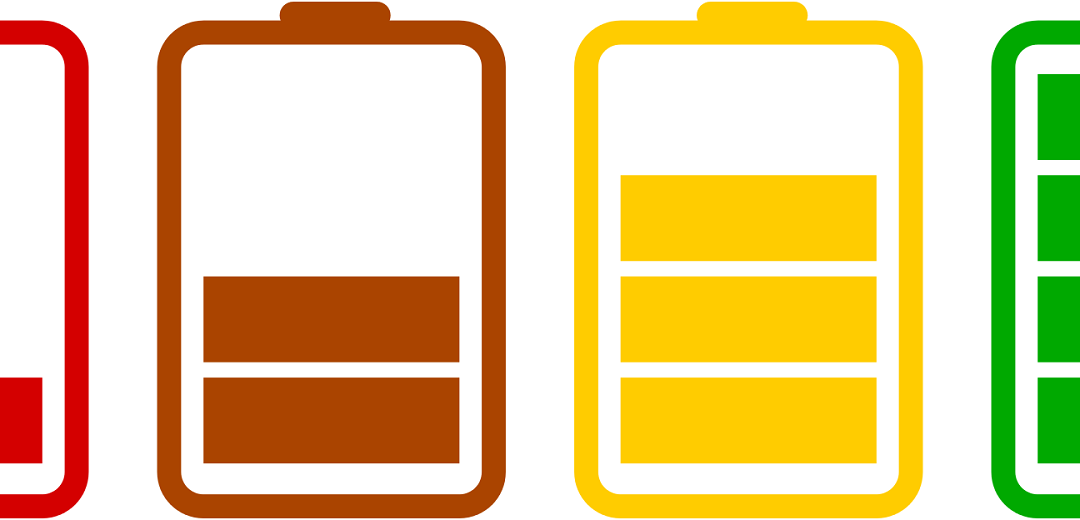
Lithium-metal batteries can hold up to 10 times more charge than batteries that currently power our phones, laptops, and cars; but, they have one fatal flaw…